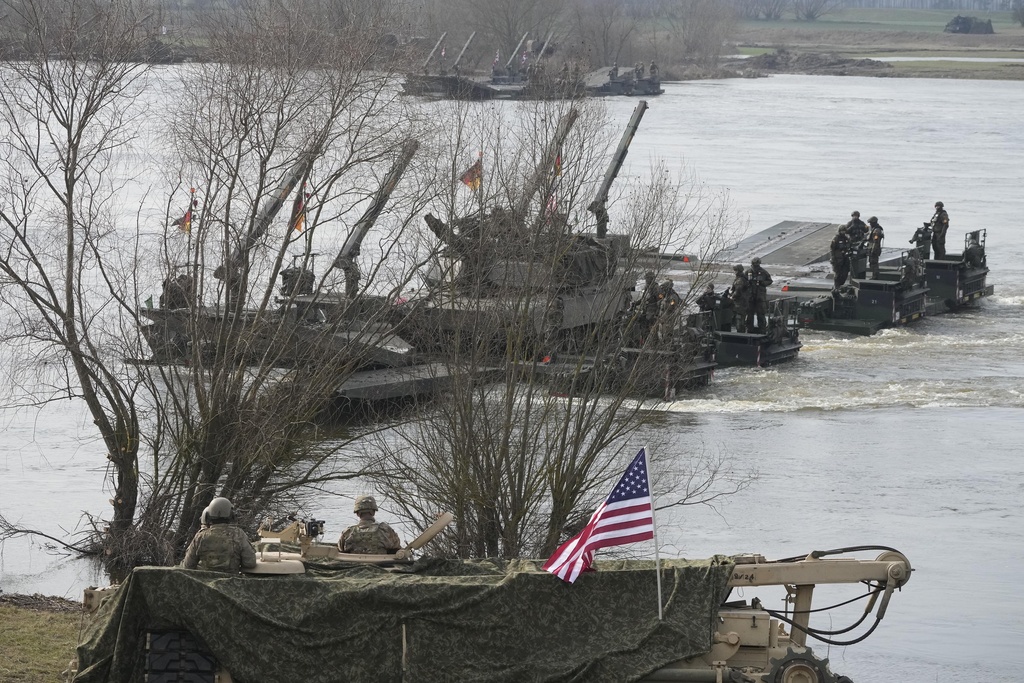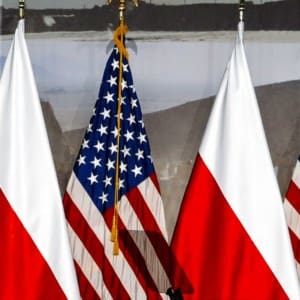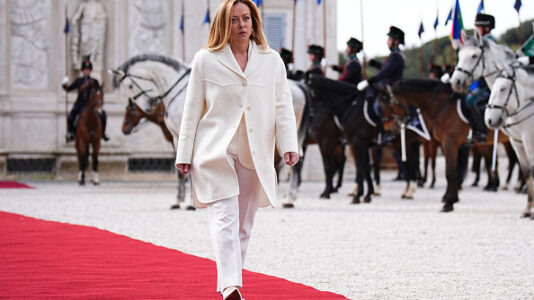Anton Bendarzhevskiy, director of the Oeconomus Economic Research Foundation, spoke with Hirado.hu about U.S. troop reductions in Europe, a common European Army, and possible troop deployments to Hungary.
There has been a lot of talk about U.S. President Trump redeploying troops from Europe to its own southern border or to counter possible threats from China. Concerns are that any NATO troop cuts would embolden Russian President Vladimir Putin.
But, as Remix News recently reported, talk of any major reductions may be overblown, especially with U.S. Army General Christopher Cavoli’s recommendation to keep the U.S. force posture the same in the region.
Speaking at the House Armed Services Committee, the general called Russia “a chronic threat,” adding that “in the coming years it is going to be a growing threat, one that is willing to achieve geopolitical goals and is actively waging a campaign of destabilisation across Europe and beyond.”
“In the 1980s, more than 300,000 American soldiers were stationed in Western Europe. At that time, we were talking about more than 40 American military bases. In the 1990s, this number had already decreased by 100,000 to about 200,000-210,000,” Bendarzhevskiy told Hirado.
“By the end of the 1990s, the number of American soldiers in Europe was around 140,000-150,000, while by the 2020s, the number of American military contingents decreased to around 60,000-63,000,” he added.
The director of the Oeconomus Economic Research Foundation went on to explain how President Biden had actually increased U.S. troops by 20,000, mainly on NATO’s eastern flank. These soldiers were typically deployed to Poland and also Romania. By 2022, after the Russian invasion of Ukraine, there were some 80,000 American soldiers.
As President Trump seeks to reach a ceasefire with Russia and appease Putin’s concerns over the presence of NATO troops, many have called out his planned reductions, saying they would weaken Europe’s defense capabilities while emboldening Russia. Some have even claimed the U.S. plans to withdraw or abolish NATO altogether.
Bendarzhevskiy, however, does not necessarily agree with these statements, saying Trump is looking to “balance costs and contributions.” He also said that despite Trump now bringing home half the troop increase made by Biden, the remaining troops will still be “a higher number than during Trump’s previous presidency.”
The security expert also noted that 10,000 soldiers were redeployed from Germany to Poland during Trump’s first presidency, and he now believes such redeployments could occur again to countries with which the president has better relations, such as Hungary.
Addressing past reports that indicated some 30,000 soldiers would arrive on Hungarian soil, he said this is “completely unrealistic,” as there are no logistics or infrastructure for this.
“It is possible to imagine an American military presence in Hungary, albeit with lower numbers,” he added.
As to joint European military action raised during the recent “coalition of the willing,” the expert says the European Commission is considering a five-year framework of some €800 billion. However, Bendarzhevsky states there is no structure in place for coordinated defense spending.
“The European defense industry was not coordinated in the first place, and it is difficult to reconcile with the idea of a unified military force the many different military systems in Europe. For example, about 17 different tank models all in a sense follow NATO standards, but we are still talking about different tools, different operating models. This is not coordinated at all,” he said.
The expert believes that in the short term, the creation of a common European army, or even a centralized body that would determine these expenditures, “is not feasible.”






